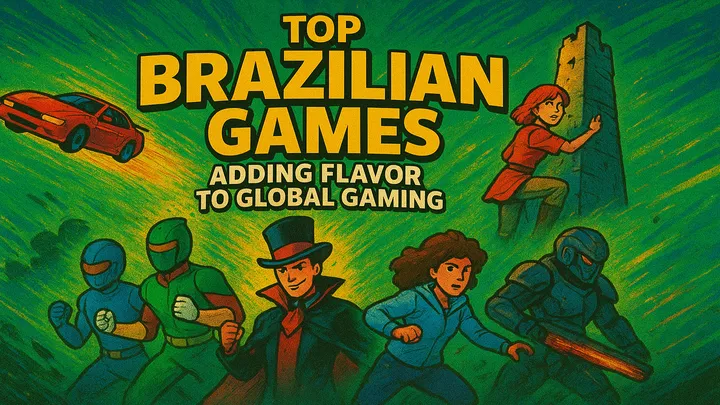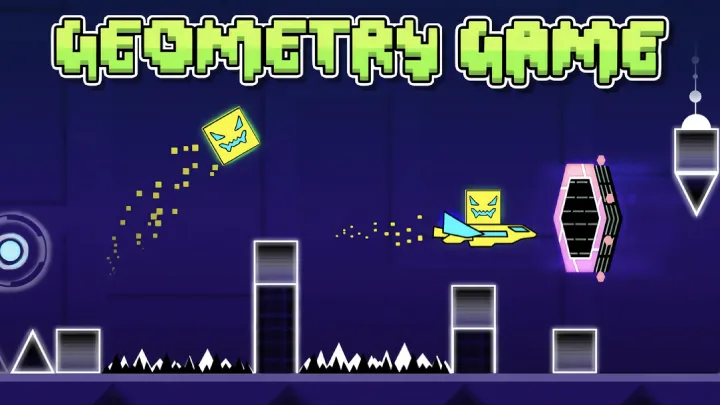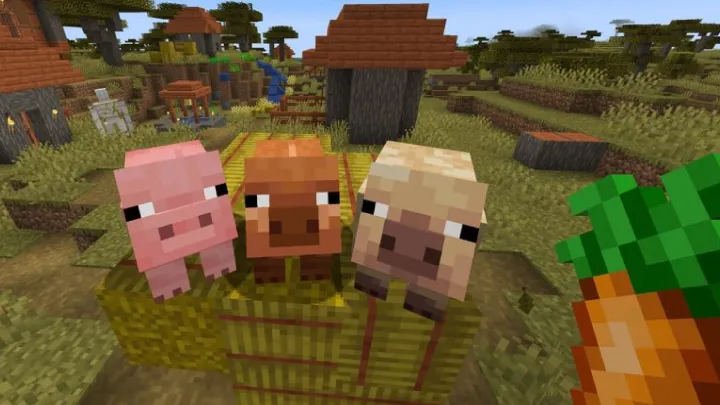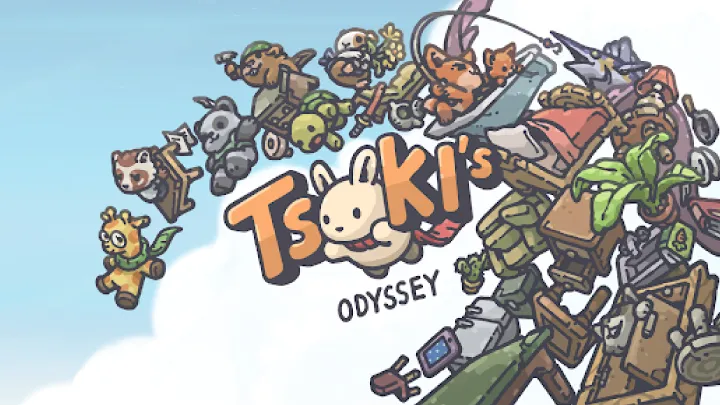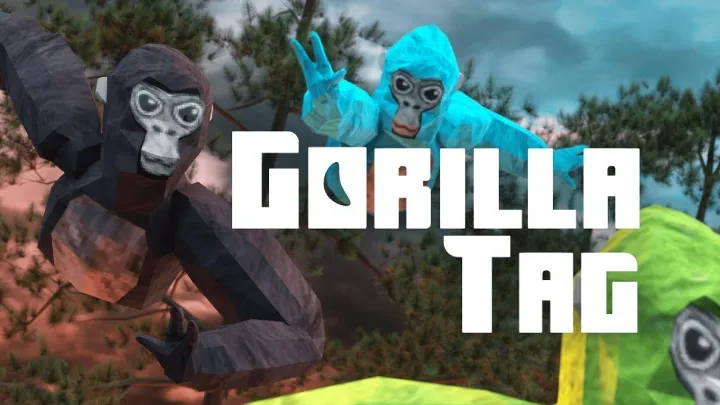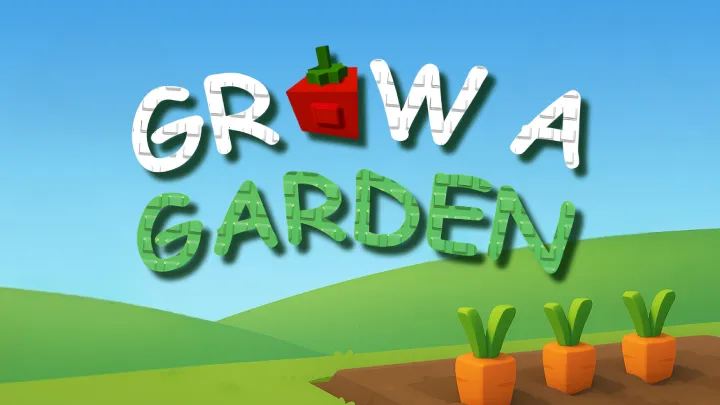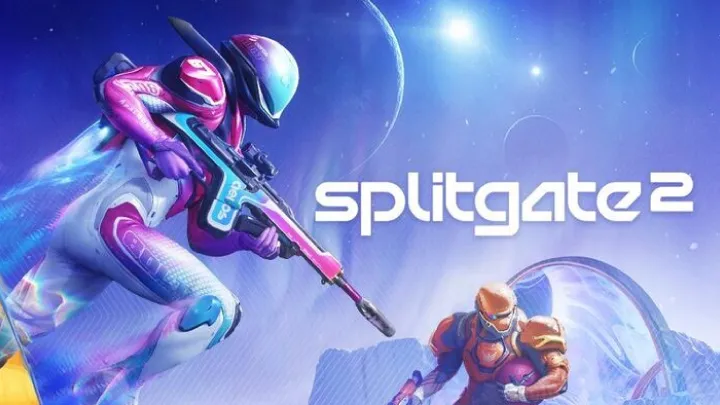The digital universe of Toca Life is not a game in the traditional sense, but a sandbox of boundless, open-ended creation. Unlike a goal-oriented video game where success is measured by points, levels, or a final boss defeated, Toca Life offers an infinite canvas for imagination, a space where agency is paramount and the only true objective is to explore, create, and tell stories. For the uninitiated, the absence of rules or a structured narrative can feel bewildering. Yet, for the seasoned expert, this lack of direction is the very foundation of its genius. A true master understands that playing Toca Life is not about following instructions, but about embracing the freedom to forge your own path, to invent your own characters, and to build worlds that are limited only by the bounds of your creativity. This comprehensive guide, authored from the perspective of a veteran who has mastered the art of unstructured play, will provide you with the philosophical framework and operational discipline needed to unlock the full potential of this digital playground. We will transform your initial confusion into a well-organized, mission-critical approach to limitless creativity.
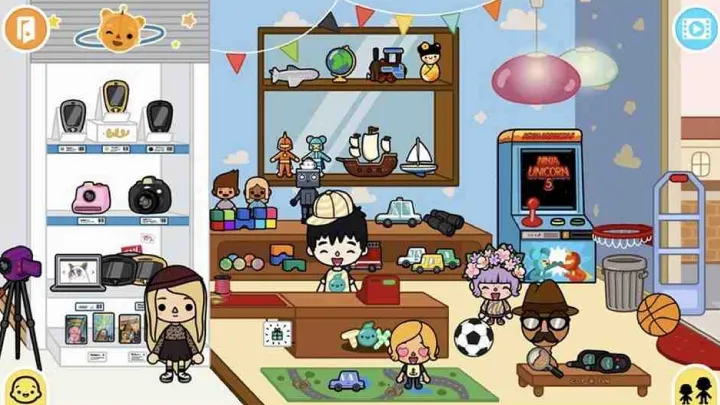
The Core Philosophy: The Mindset of the Creator
A master player of Toca Life operates with a distinct mental discipline. They do not merely "interact" with the app; they inhabit it as a director, a writer, and a set designer. Every action, from a simple tap on an object to the placement of a character, is purposeful, and every element is a vital tool for storytelling.
The first principle is to embrace the freedom of no objectives. The game presents you with no tasks, no score, and no way to "lose." This is its most significant feature. The expert player understands that their primary purpose is not to reach an endpoint, but to enjoy the journey. This mindset liberates you from the pressure of performance and allows you to experiment, to fail gracefully, and to pivot to a new idea whenever inspiration strikes. Your most valuable resource is not your time, but your unbridled curiosity.
Secondly, you must prioritize observation over action. While it may be tempting to tap everything at once, the expert knows this is a fatal error. True progress in Toca Life is measured not in how many items you've moved, but in how effectively you've understood the world around you. The best stories are built on a deep understanding of the environment and its hidden possibilities. A master player never takes an item for granted, as a seemingly mundane object might hold a surprising interaction that unlocks a new narrative branch.
Thirdly, you must think in narratives. The expert player does not see the game as a collection of static scenes, but as a continuous flow of interconnected stories. Every location is a stage, and every character is a potential protagonist. A good player only sees a house; a master sees a family's daily routine, a mystery waiting to be solved, or a grand adventure. Your most powerful tool is not a character's animation, but your ability to weave a compelling narrative.
Part 1: Foundational Gameplay - The Mechanics of Unstructured Play
Your first few hours in Toca Life are a rite of passage. This is where you develop the foundational skills that will serve you throughout your journey of creation.
Step 1: The Initial Survey. Before you even begin to interact with a location, take a moment to pause. Do not rush to touch or move anything. Instead, conduct a full 360-degree survey of the scene. Notice the layout, the available characters, the objects, and the subtle details of the environment. An expert player trains their eye to quickly identify potential props, backdrops, and narrative clues. This initial survey is your creative reconnaissance.
Step 2: Methodical Interaction. Once you are ready to interact, approach it with a systematic method. Do not simply tap and hope for the best. Instead, engage in a logical sequence of interactions that moves your story forward. Use the full range of interactions at your disposal—dragging characters into new positions, placing objects in their hands, or combining elements to see what happens. The expert player understands that a series of simple, well-placed interactions can be far more effective than a random frenzy of taps.
Step 3: The Art of Mental Mapping. Even though the world of Toca Life is vast, the expert player builds a dynamic mental map. This is not a physical map of the locations, but a cognitive map of their narrative possibilities. You should be able to recall the relationships between different locations, the common themes of certain settings, and the types of stories you can tell with specific characters. This mental map becomes your internal compass for navigating the creative landscape.
Part 2: The Art of Storytelling - Building a Narrative
As you progress, the world becomes more intricate, and the tactical battles become more complex. This is where the true strategic genius of a master is revealed.
A. Pattern Recognition: The Language of the Scene. The Toca Life locations are not completely random; they operate on a set of underlying rules and patterns. The expert player trains themselves to recognize these patterns. For instance, a series of seemingly unrelated objects might all correspond to a specific profession or a hidden activity. A sequence of visual cues might correlate to a specific time of day. This level of pattern recognition is what separates a novice from a master.
B. Information Synthesis: Weaving the Narrative Web. The most complex stories in Toca Life are not contained within a single scene. They require you to synthesize information from multiple locations, sometimes even from different games in the series. The expert player maintains an internal log of all significant clues they've encountered—the secret of a hidden room, the surprising use of an object, the personality of a specific character. When they are building a narrative, they don't just look for local opportunities; they mentally cross-reference with their entire database of knowledge. This process of information synthesis is the key to creating compelling and multi-layered narratives.
C. The Use of Exclusionary Logic. When faced with a creative block, the expert player employs exclusionary logic. Instead of trying every possible story, they use their clues to systematically eliminate the incorrect ones. If a clue points to a character's fear of heights, they immediately eliminate all stories that take place on a skyscraper. This methodical process reduces the number of variables and allows them to arrive at the correct narrative branch with greater speed and efficiency. It is the core of any professional's problem-solving toolkit.
D. The Narrative as a Clue. Toca Life is not just a game; it is a narrative experience. The expert player understands that the narrative and flow of the story are not just a byproduct of their actions; they are a vital source of clues. A story about a past character's journey might be the key to a new creative opportunity. A mention of a specific place might be the hint to a successful new scene. The expert player pays as much attention to the subtle whispers of the narrative as they do to the overt visual clues.
Part 3: Interacting with the World - The Art of Discovery
The true depth of Toca Life lies in its interactive secrets. These are not explicitly stated rules, but discovered possibilities.
A. The Proactive Explorer. The expert player does not wait for the game to reveal its secrets. They proactively search for them. They understand that a well-timed tap on a seemingly decorative item can reveal a hidden button, a secret room, or a surprising sound effect. They are a detective in their own world, constantly looking for clues and pushing the boundaries of what is possible.
B. The Pressing Game. When the game's mechanics seem to resist a certain action, the expert player knows how to "press" it effectively. This is not about randomly tapping, but about applying pressure as a team. They use a coordinated series of actions to force the game into a mistake, turning a seemingly static situation into an immediate opportunity for discovery. For example, trying to place a key in every single lock until one of them opens.
C. The Art of the Combination. The expert player understands that many of the game's most delightful secrets are revealed through combinations. Placing one item on another, giving a specific food to a character, or interacting with multiple objects in a particular sequence can trigger unique animations, sounds, or events. They approach the game as a series of interconnected puzzles, and they understand that the solution to one puzzle might be the key to unlocking another.
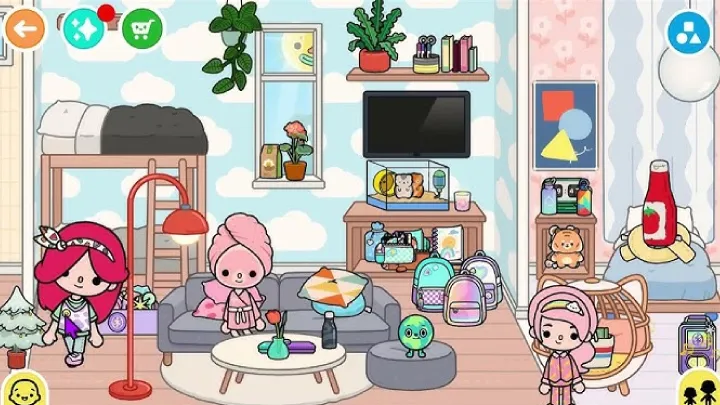
Part 4: The Mental Game - A Champion's Mindset
Beyond all the technical aspects, a true master has a disciplined and patient mindset. They do not get frustrated by creative blocks; they learn from them.
A. Patience and Persistence. The journey through a creative session will be filled with moments of confusion and frustration. The expert player embraces these moments. They understand that a "failed" idea is simply a data-gathering exercise. If a story stumps you, do not give up. Take a moment to analyze your characters' movements. Go back to a previous scene and look for new clues. Sometimes, the solution to a puzzle is not in the scene itself, but in a small detail you overlooked a hundred feet away.
B. The Power of Observation. This cannot be overstated. The expert player's greatest asset is their ability to see what others miss. They notice the slight shift in a character's expression, the barely-perceptible run of an animation, the single object that is out of place in a scene. They are not just looking; they are actively observing. They are not just listening; they are actively hearing. This heightened state of awareness is what allows them to create stories that seem impossible to others.
C. The Mind-Map of Success. The expert player approaches Toca Life with a mind-map, not a checklist. They are not just checking off interactions and locations; they are building a complex web of interconnected ideas and clues. They are constantly looking for connections, for patterns, and for the underlying logic that ties everything together. The victory is not just in finishing a story, but in the profound satisfaction of having mentally constructed the entire world's intricate logic.
In conclusion, the journey to becoming a Toca Life legend is a philosophical one. It is a moment for strategic preparation, meticulous observation, and a commitment to excellence. By following a professional approach, you can ensure that your path through the game is a journey of triumph, not frustration. A clean, smooth mind is the foundation upon which all future legends are built.








